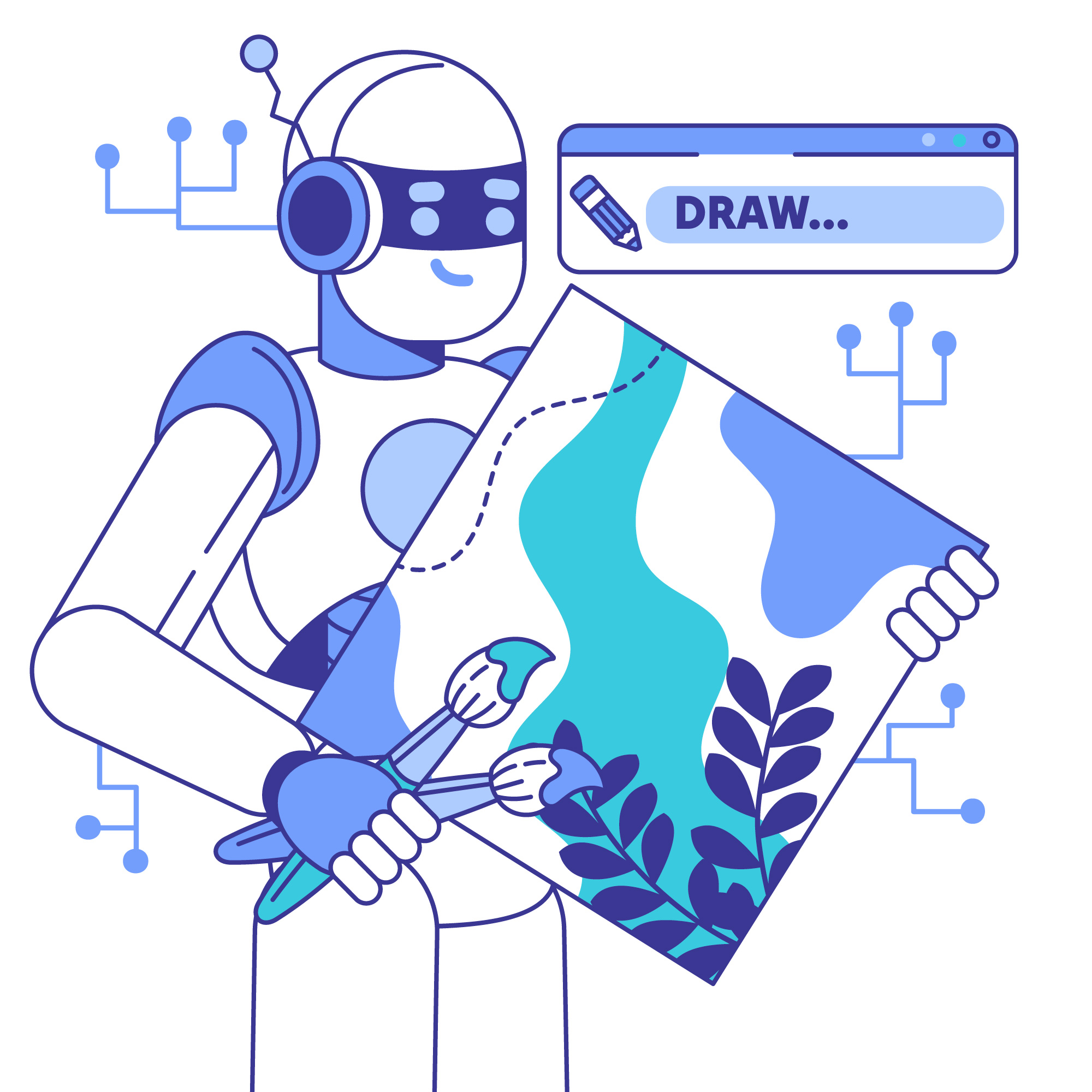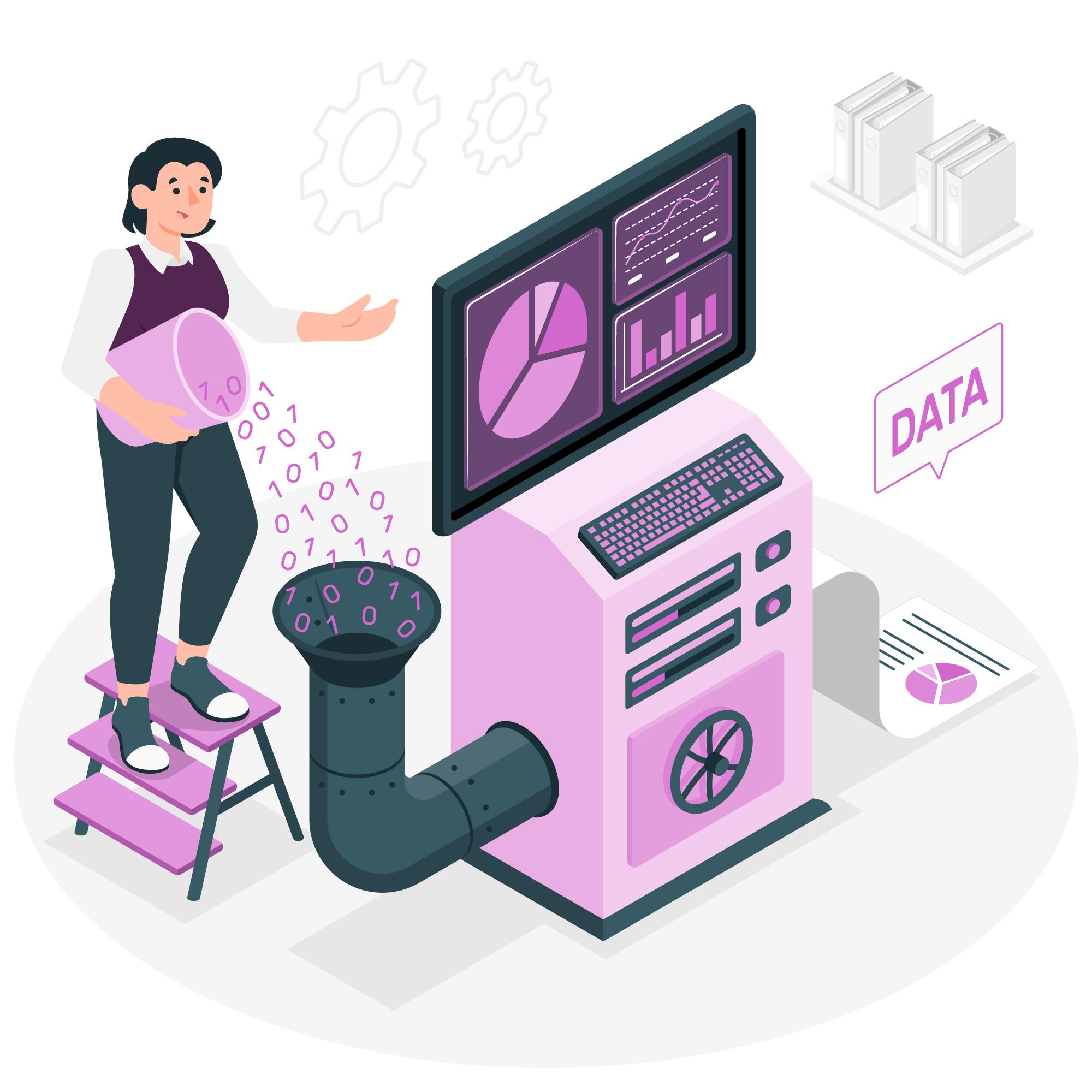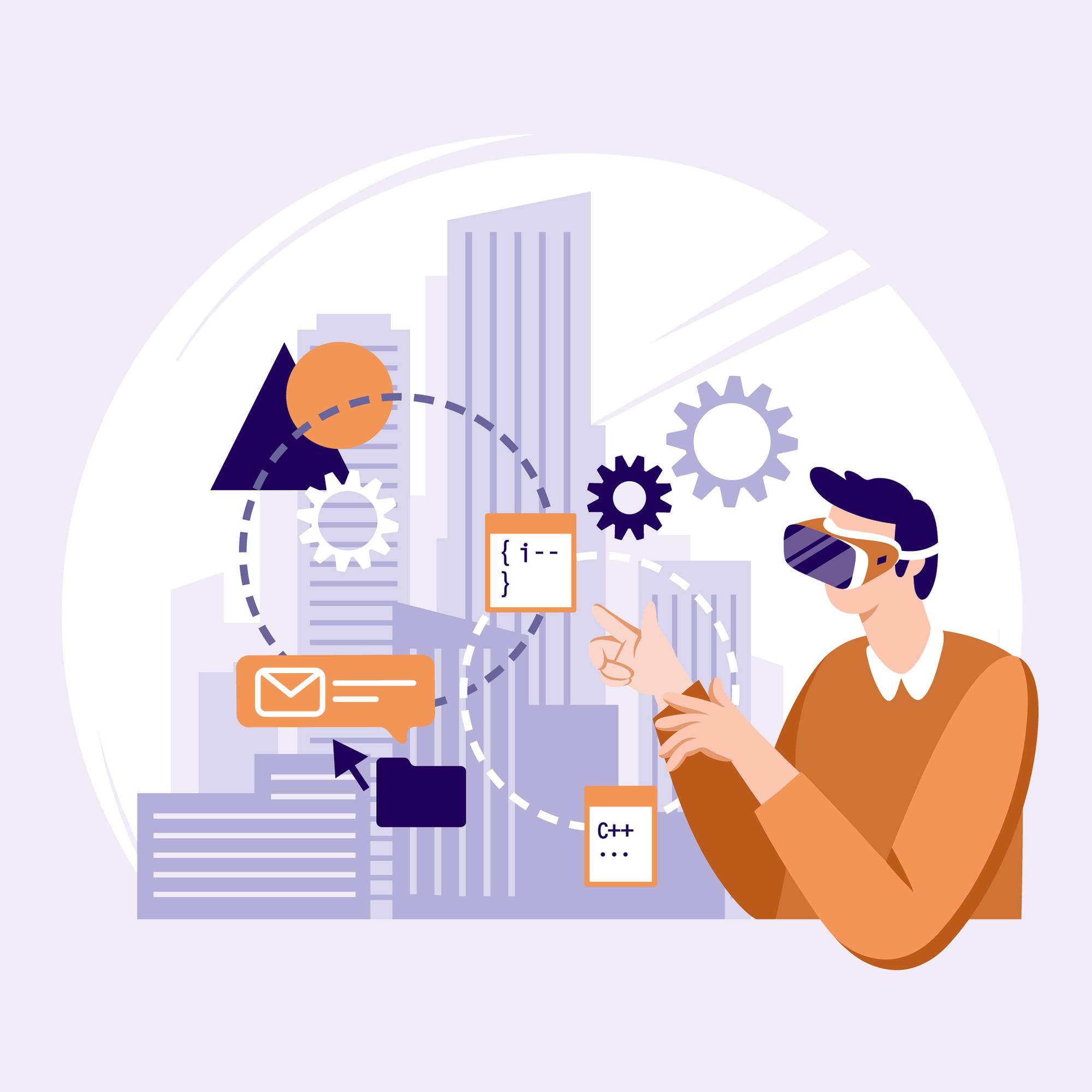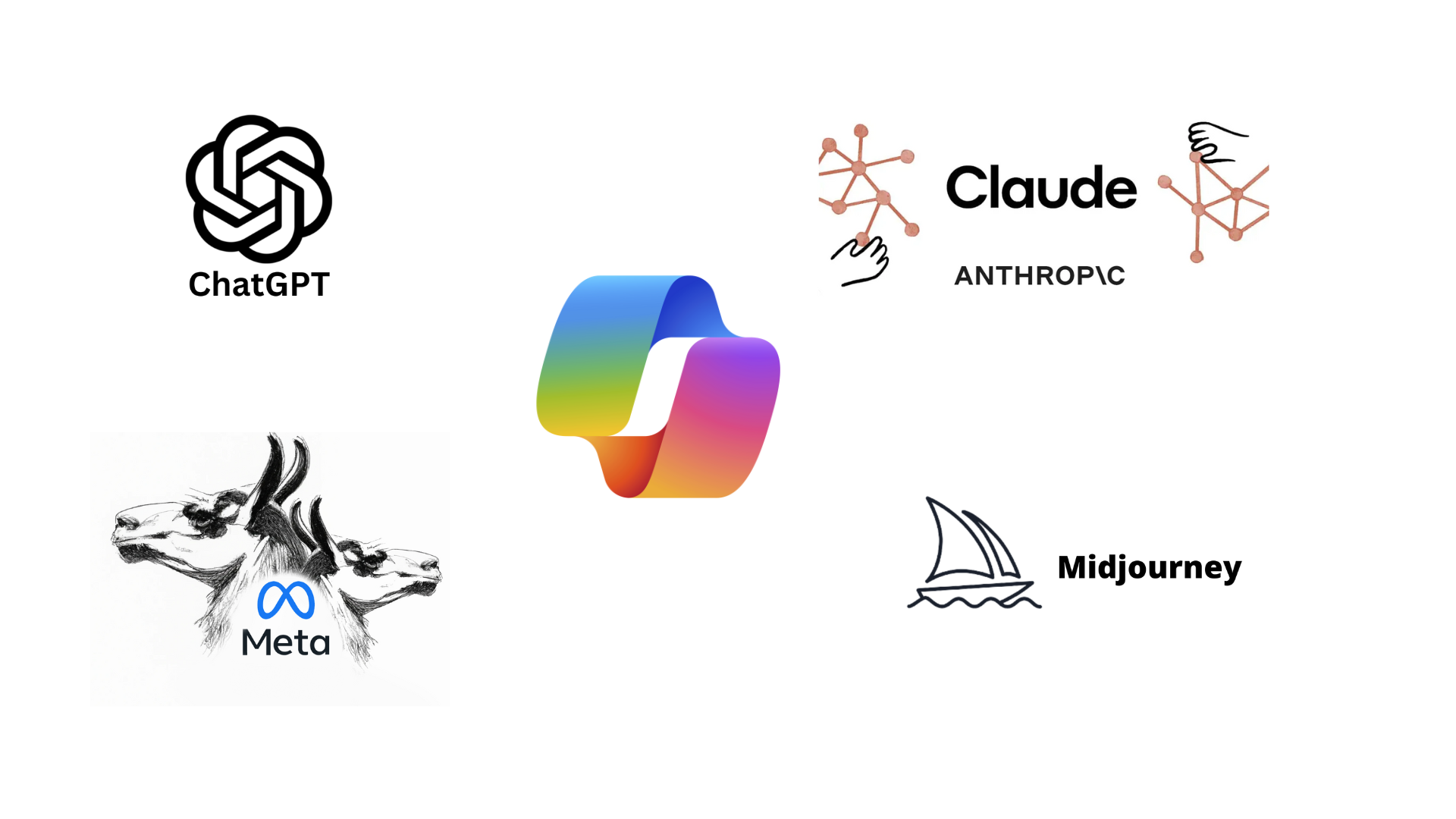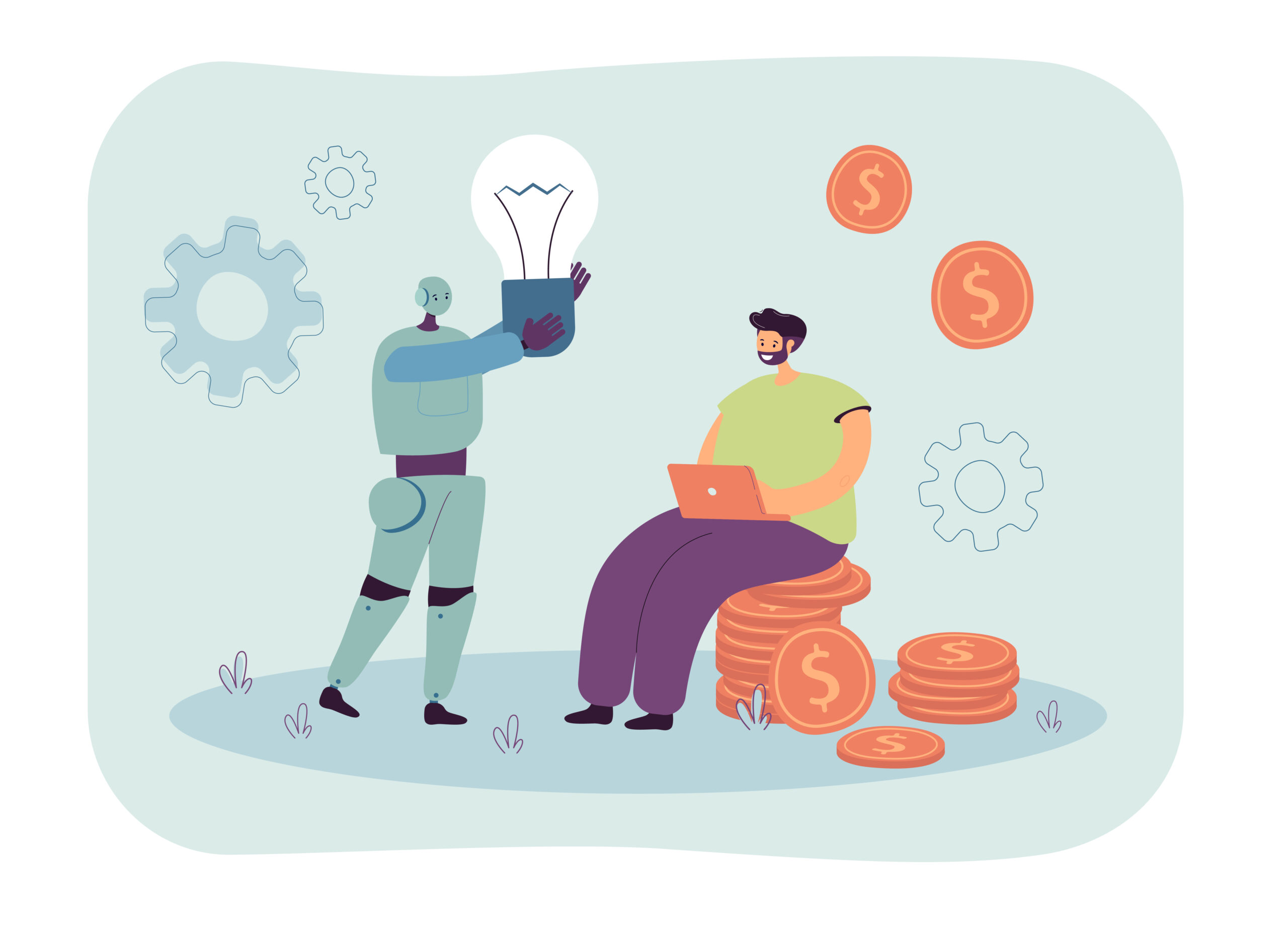Ever feel like Artificial Intelligence (AI) is evolving at lightning speed? One minute we’re talking about chatbots, the next, AI is composing music, designing products, and even helping scientists make breakthroughs. It can feel overwhelming, maybe even a little intimidating if you don’t consider yourself “techy.”
But here’s the exciting part: this rapid evolution means AI is becoming more powerful and more accessible to everyone. You don’t need a computer science degree to start leveraging these incredible tools.
Forget the complex code and confusing acronyms for a moment. Why does this matter to you ? Because these AI advancements are already weaving themselves into the fabric of our daily lives — influencing how we work, create, learn, and connect. Understanding them, even at a basic level, empowers you to navigate this changing landscape.
Decoding the AI Buzz in 2025
Instead of getting lost in technical details, think of it like meeting the all-stars of the AI world. Here are the main points, simplified:
1. AI is Getting More ‘Multi-Talented’ (Multimodal): Remember when AI could either understand text or images? The latest models are masters of multiple domains. They can look at a picture, read your typed request, listen to your voice command, and generate a response that integrates all that information. Think of asking an AI to describe a photo and write a poem about it, all in one go.
2. Hyper-Specialization is Here: Alongside the multi-talented AIs, we’re seeing incredibly powerful models trained for specific, complex tasks. Imagine an AI dedicated solely to medical research that can analyze data faster than any human team, or an AI architect that can generate stunning, feasible building designs based on simple prompts.
3. Creativity Unleashed: AI isn’t just about logic and data anymore. The AI models that are becoming true creative partners. They can generate incredibly realistic images, compose original music in various styles, write different forms of creative content (scripts, poems, marketing copy), and even help design video games or fashion.
4. Accessibility is King: This is crucial. The “hottest” models aren’t just locked away in research labs. AI developers are focusing on making these powerful tools usable through simple web interfaces, apps, or integrating them into software you already use (like your email, word processor, or design tools).
5. Open Source Power: There’s a growing movement of powerful AI models being released as “open source.” This means the underlying code is publicly available, allowing a global community of developers to inspect, modify, and build upon them. This often leads to faster innovation and more customized AI solutions.

Beyond the Hype: What This AI Evolution Means for You (Real-World Examples)
Okay, so AI models are getting smarter and more versatile. But how does that translate into tangible benefits or changes in your life? Let’s paint a picture:
Scenario 1: The Small Business Owner (Meet Sarah)
Sarah runs a local bakery. Previously, marketing felt like a huge chore. Now, using a user-friendly multimodal AI tool , she uploads photos of her latest cake creations. She asks the AI, “Write three engaging Instagram captions for these photos, highlighting the fresh ingredients and targeting young professionals. Also, suggest optimal posting times.” The AI delivers creative options in seconds, freeing Sarah up to focus on baking. Later, she uses a specialized AI integrated into her accounting software to analyze sales data and predict ingredient needs, reducing waste.
Scenario 2: The Student (Meet David)
David is researching a complex history topic. Instead of just Googling, he interacts with an advanced AI tutor. He asks it to summarize key arguments from dense academic papers, explain complex concepts in simple terms, and even generate practice quiz questions. He uploads a historical photo and asks the AI to provide context and identify key figures (using its multimodal capabilities). It helps him learn faster and deeper.
Scenario 3: The Creative Hobbyist (Meet Maya)
Maya loves writing short stories but sometimes hits a writer’s block. She uses a creative AI partner . She feeds it her story’s premise and asks, “Suggest three potential plot twists involving the main character’s unexpected discovery.” Or, she might ask it to “Describe a bustling futuristic market scene in a poetic style.” The AI provides inspiration, acting as a tireless brainstorming partner, not replacing her creativity but augmenting it.
Got Questions? AI Answers for Everyone
It’s natural to have questions about these powerful technologies. Here are some common ones, answered simply:
Q: What exactly is an “AI Model?”
A: Think of it like a highly specialized digital brain. It’s been “trained” on vast amounts of data (text, images, code, etc.) to recognize patterns and perform specific tasks, like generating text, translating languages, or creating images. The “hotter” the model, the more capable and often versatile it is.
Q: Do I need to be a tech expert or coder to use these new AI tools?
A: Increasingly, no! While some advanced uses require technical skills (using APIs), many of the most powerful models are now accessible through simple websites (like ChatGPT or Google’s Gemini), mobile apps, or are being built directly into software you likely already use (e.g., Microsoft 365 Copilot, Google Workspace tools). The focus is shifting towards user-friendliness.
Q: How might this affect my job? Will AI replace me?
A: This is a valid concern. While AI will automate certain tasks, especially repetitive ones, experts largely see the immediate future as AI augmenting human capabilities, not outright replacing most jobs. Think of AI as a powerful assistant that can handle the tedious parts, freeing you up for more strategic, creative, or interpersonal aspects of your role. However, adapting and learning how to use these AI tools effectively will become increasingly important.
Q: Is this AI technology safe and ethical?
A: This is a critical and ongoing conversation. Issues like data privacy, potential bias in AI algorithms (learned from biased training data), misinformation, and responsible use are paramount. Companies and researchers are actively working on developing more ethical and transparent AI. As users, it’s important to be aware of these issues, think critically about AI-generated content, and advocate for responsible development.
The Takeaway: Partnering with Our Digital Brains
The AI landscape isn’t science fiction; it’s the rapidly unfolding reality of 2025. These powerful models are moving beyond the realm of tech giants and researchers into the hands of everyday users.
The key isn’t to fear AI, but to understand its potential and limitations. It’s about learning how to wield these tools effectively and ethically. The future likely belongs not to AI alone, nor to humans alone, but to humans collaborating with AI.
These tools can amplify our intelligence, boost our creativity, and help us solve problems we couldn’t tackle before. The journey is just beginning, and understanding the basics is the first step to confidently navigating what comes next.
What are your thoughts on these AI advancements? Are you already using AI tools in your daily life or work? What excites or concerns you most about the future of AI? Share your perspective in the comments below — let’s discuss!
#AI #ArtificialIntelligence #TechNews #FutureOfAI #AIModels #MachineLearning #TechExplained #DigitalTransformation #Innovation #FutureTech
